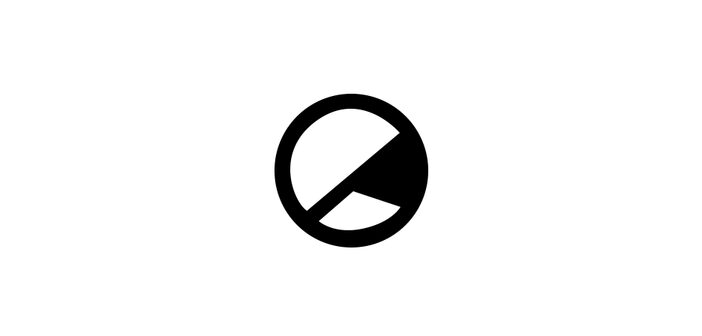When picking up the box for the first time, it dons the facade of a cute game: there are four forest animals – mice, foxes, eagles, and badgers – and all of them are wearing woodland gear. However, first impressions can be deceiving and Root invites you with its gorgeous hand-drawn artwork by Kyle Ferrin before sucking you and your friends into a strategy war game full of complexity and brimming with imagination. It has all of the usual ingredients that you would expect from a board game (dice, cards, reference sheets) but its asymmetrical design and charming cast of furry characters makes for a very unique gaming experience.
At its core, Root centres around four different factions vying for control over a woodland area. Each faction plays by their own rules with their own objectives and completing these earn you victory points, with the first person to reach 35 being crowned the winner. At the very start, the Marquise de Cat (a word pun of ‘my kitty-cat’) controls the board and is wishing to industrialise the forest by constructing sawmills, workshops, and recruit stations within her newfound territory; the more of the same building she has on the map, the more points she scores. On the opposing side, you have the proud Eyrie Dynasties who are determined to reclaim their rightful land from the Marquise by building and protecting roosts in each forest clearing whilst sticking to a set of ever-increasing mandated Decrees.
If you’re looking for a two player game, these factions already make for some engaging warfare. However, once you add two more players, it becomes an ecosystem that evolves in each round. There is the Woodland Alliance, a group of mice who wish to unify the creatures of the forest and rebel against their invading oppressors, causing other players’ plans to rapidly derail. Lastly, there is the Vagabond, an ever-changing player who aims to appease all sides of the conflict alongside completing their own quests that boosts their fame throughout the woods.
I could continue to explain other elements within the game such as crafting with cards, and battling fellow folk using the dice combat system. I could even go into detail about the Riverfolk expansion in which even more factions get added, as well as a unique trading economy that helps for purchasing crucial items to aid your objective. However, what makes designer Cole Wehrle’s creation so special and unique are the factions and their own playing styles.
In most board games, players will all have the same objective and similar tools at their disposal, so replay value is likely to diminish overtime. But in the case of Root, your experience and strategy will change depending on the faction that you pick. In most games, I like to be aggressive with the Eyrie from the start so that the Marquise’s resources are effectively dried up, but I can’t deploy that tactic with the Vagabond as that requires a more cautious approach and a little diplomacy with my fellow players in order to graft victory points. There have been sessions with my friends where the Marquise and Eyrie conflict has been at the forefront, and others where the Woodland Alliance dominate proceedings (largely due to some smart play from my brother); there is rarely a similar game from last which makes each return to Root that more enticing.
When gamers think of fantasy board games, Dungeons & Dragons or the epic behemoth Twilight: Imperium are likely to spring to mind; very soon, Root might be on top of your wanted list.
You can watch a game summary below.



